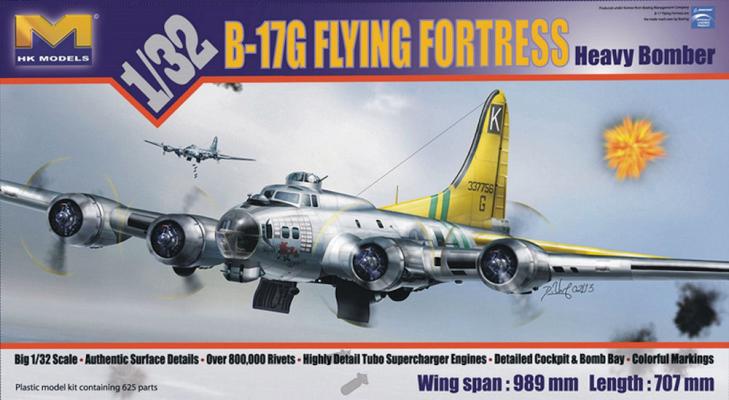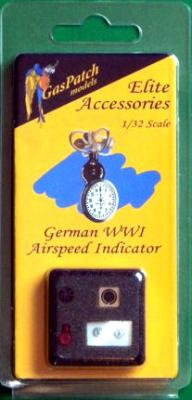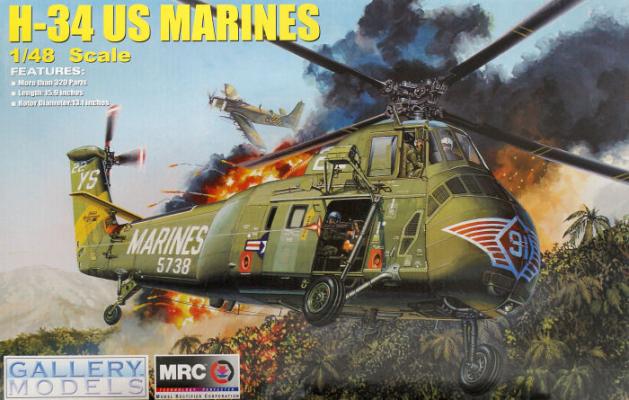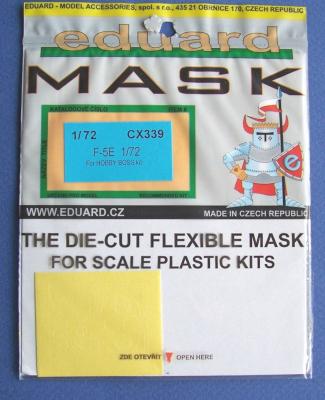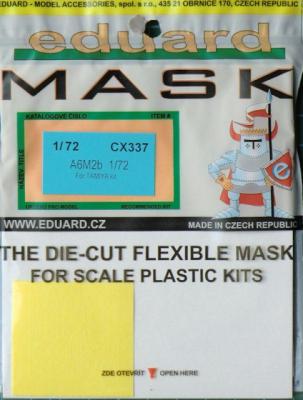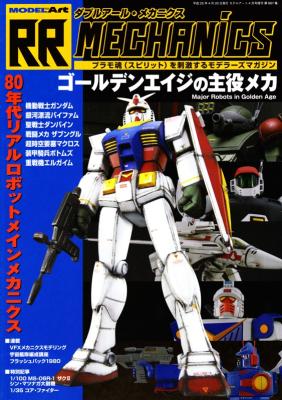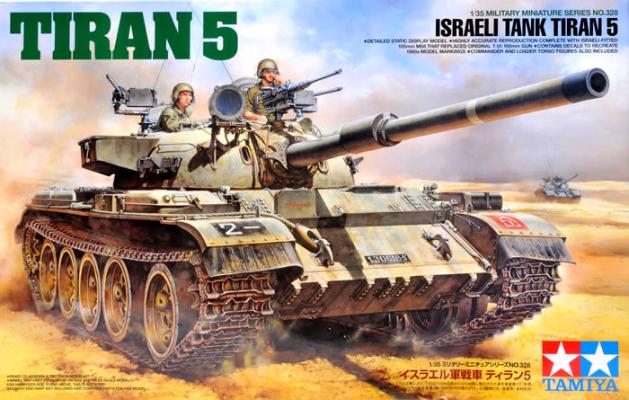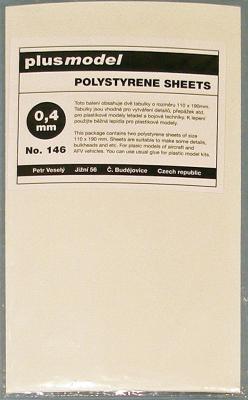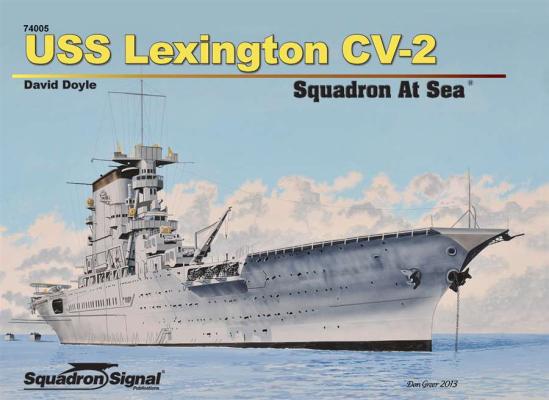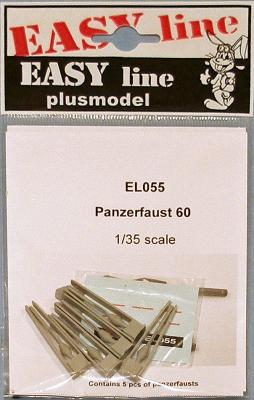Thank you to Mr. Neil Yan of HK Models and the IPMS Reviewer Corps for the opportunity to review a wonderful new model release in large-scale aircraft. This next installment covers the waist interior and fuselage assembly, which is from the ring mount around the ball turret through the Cheyenne tail turret, and closing up the fuselage. I originally thought it might be more instructive to work up the armament first, but after reviewing the kit more with some experience, I elected to skip the all of the cool-looking 50s and describe them when they get installed. Instruction steps 15 through 25 are used to construct this subassembly.
What's New
The cascade of kits, aftermarket details sets, and decals for WWI aircraft has given model builders reason to play in an appealing arena that only a few had the nerve to venture into in the past. Because most of these products have been conceived and produced in the last four or five years, current technologies have blessed builders with ever-improving quality. And, since the level of detail molded into today’s kit components – especially in 1/32 scale – is literally breathtaking, any aftermarket detail that is introduced into the fray must equal or surpass what will be found inside the kit box.
For the longest time, the only 1/48 scale model of the workhorse Sikorsky H-34 helicopter was made by Revell, whose molds at one point were rumored to be “lost at sea.” Then, after being missing in action for nearly 25 years and fetching high prices on eBay and elsewhere, the venerable Revell kit was joined by a new-tool H-34 coming from MRC’s house brand Gallery Models. The announcement was released in 2012; MRC displayed test shots and box art for two forthcoming versions in Orlando at the 2012 National Convention – a USMC version and a US Navy version. The USMC version is the subject of this review.
When you open the largish box, you are greeted by no less than 231 parts on eight sprues of light gray plastic, three sprues of clear pieces, and two frets of brass photo etch parts. Decals are provided for three different H-34’s:
Eduard has been producing model-specific masks for a while now, but this is only the second set I’ve used. This one is a die-cut set specifically designed for the HobbyBoss F-5E kit and contains masks for the canopy, windscreen, main wheels, and nose wheel. In the package is a single page of instructions and a small square (about 1.5 inches) of masks on Kabuki type tape. You have to look closely at the yellow square since the laser cut lines are delicately inscribed.
Eduard Mask CX337, A6M2b, is intended for Tamiya’s recent Mitsubishi A6M2b Zero Fighter (Zeke) (Tamiya item no. 60780) in 1/72 scale. The package consists of one sheet of diecut masks for one model and a set of instructions. The masks are for the aircraft’s canopy and main wheels. The kit comes with a closed canopy (1 part) and open canopy (3 parts).
The masks may require careful cutting at some corner points to ensure they separate cleanly from the paper backing. Use a sharp hobby knife, preferably with a new blade. With the exception of the masks used in the center section of the canopy (the portion that slides open), all of the masks fit well within their panes.
The masks for the center portion were too large, requiring some careful cutting down to size. If your manual dexterity isn’t all that great, this is a nerve-wracking task—and it defeats the purpose of masks in the first place!
This is Model Art Magazine’s Mechanics – Major Robots in Golden Age. As with the regular Model Art Magazine this is printed in Japanese with some English subtitles.
This special issue covers “Mechanic Models” with an emphasis on models from the 80’s. The subjects of this issue are covered with the use of built up models that are shown in full color photographs.
So what is a Mechanic Model? From going through this issue I would describe it as your Transformer, Gundam and Mech type model. Some of the models built are a RX-78 Gundam, Aura Battler Dunbine, ATM-09-RSC Scopedog Red Shoulder Special and VF-1J Valkyrie. With each of these is a build article that gives tips and tricks to the builder.
There is one model that is reviewed that almost everyone should recognize in this issue. This is the Fine Molds 1’48th scale X-Wing Fighter. This has got to be one of the nicest kits of the X-wing that is on the market.
Summary
Tamiya has enhanced their venerable T-55A Main Battle Tank kit yet again with all the parts needed to convert it into an Israeli Tiran 5, which is not surprising when you consider the mileage they got out of the same kit last year when they released the T-55 Iraqi “Enigma”. One thing is for sure – the kit these new versions are based on is one of the finest armor models ever produced by Tamiya. I never get tired of building these tanks, so keep them coming!
The Tiran 5 was used by the Israeli Defense Force (IDF) from the late 1960s until the mid-1980s. Constantly modified throughout its service life, many were fitted with the 105mm M68 gun. Even after it was retired from IDF service, the Tiran 5 continued to see action in various guises in a number of countries around the world.
Plusmodel from Czechoslovakia continues to add to its list of quality aftermarket and modeling supply products, this time with a package of two 0.4mm styrene sheets. The bright white sheets of plastic measure 110x190mm (about 7.5 by 4 inches – the size of a small notepad) and the 0.4mm thickness converts to about 16 thousandths of an inch (0.016).
The cards are a handy size and cut/scribe/snap easily for use in scratchbuilding and just about any other way you can think of using them. I personally find them the perfect thickness for creating support tabs for assembling those new heavy vacuform diorama bases being produced.
I recommend this Plusmodel product for any modeler who needs to use styrene sheet for his hobby.
I would like to thank Plusmodel for providing the sheets for review and IPMS USA for giving me the opportunity to try them.
USS Lexington (CV-2) and her sister USS Saratoga (CV-3) played a critical role in the development of the modern naval aviation and the way the US Navy wields air power. Built on the hulls of battlecruisers cancelled in the 1920s under the terms of the Washington Naval Treaty, Lexington and Saratoga were far more different and innovative than the first US aircraft carrier, USS Langley CV-1, and any foreign contemporaries. They were the largest US carriers built until the Midway Class CVB. Both ships were quickly integrated into the battle fleet and participated in every major exercise in the 1930s and early 1940s. It was on these ships that the Navy envisioned, developed, and put in to practice the doctrine and procedures that would define an American way of Naval warfare and lead to victory at sea.
The Panzerfaust ("armor fist" or "tank fist") was a cheap, single shot, recoilless German anti-tank weapon of World War II. It consisted of a small, disposable preloaded launch tube firing a high explosive anti-tank warhead, and was operated by a single soldier. The Panzerfaust was in service from 1942 until the end of the war.
Plus Model from Czechoslovakia continues to add to its list of quality aftermarket and modeling supply products; this time with a package of EasyLine Panzerfaust 60 weapons in 1/35th scale.
The package contains five tubes molded in light grey resin, and a small decal sheet with red markings that say Achtung! Feuerstrahl! ("Attention! Fire Jet!") for each. The parts are protected in easily removable resin jackets to prevent damage in shipping. Once clipped, sanded, painted, and weathered, they look right at home in any WWII diorama or on a German AFV.

